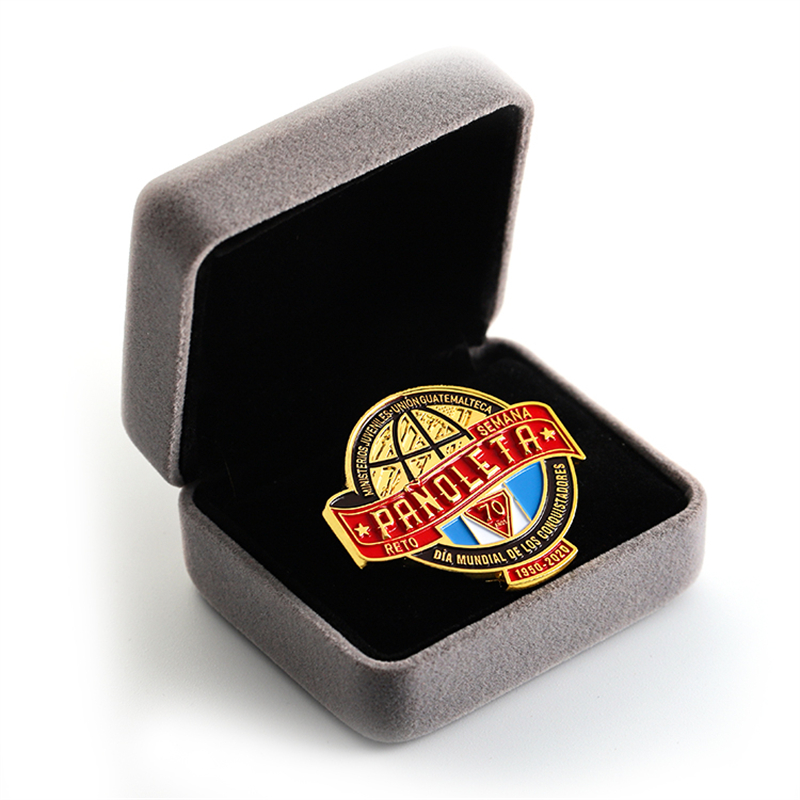Metal badge pin customization offers a unique way to express individuality and brand identity. By selecting materials, designs, and finishes, clients can create distinctive pins that serve as both functional accessories and powerful marketing tools. This process allows for the personalization of small, wearable items that can convey messages, logos, or artistic expressions with precision and durability.
In the realm of corporate identity and personal expression, metal badge pins have emerged as a versatile and enduring medium. Their durability, coupled with the ability to convey intricate designs, makes them a preferred choice for various applications, from corporate branding to personal collectibles. The process of metal badge pin customization is a testament to human creativity and technological advancement, allowing for a wide array of innovative designs that cater to diverse needs and preferences.
To begin with, the design phase is pivotal in the creation of bespoke metal badge pins. Here, the interplay between client specifications and design expertise comes into play. Clients often provide a rough sketch or a detailed concept, which is then refined by skilled designers. This collaborative effort ensures that the final product not only meets but exceeds expectations. The use of advanced graphic software enables designers to visualize the pin in three dimensions, offering a realistic preview of the final outcome. This digital mock-up serves as a blueprint, guiding the subsequent stages of production.
Transitioning from design to manufacturing, the selection of materials is a critical step. Metal badge pins are typically crafted from metals such as brass, copper, or stainless steel, each offering distinct characteristics in terms of durability and aesthetic appeal. The choice of metal is influenced by the intended use of the pin, with considerations such as exposure to the elements and desired weight. For instance, stainless steel is favored for its resistance to corrosion, making it ideal for outdoor events or long-term use.
The manufacturing process itself is a blend of traditional craftsmanship and modern technology. The design is first etched onto a metal sheet, followed by a cutting process that shapes the pin. This can be achieved through various methods, including die-cutting or laser cutting, each offering precision and efficiency. The edges are then smoothed to prevent any potential harm, ensuring the pin is safe for all users.
Subsequent to the shaping, the pins undergo a coloring process. This can range from simple plating to intricate enamel filling. Plating involves coating the metal with a thin layer of another metal, such as gold or silver, to enhance its appearance. Enamel filling, on the other hand, involves applying colored enamel to the etched areas, creating a vibrant and detailed finish. The choice between these methods depends on the design complexity and the desired aesthetic.
The final touches include adding functional elements such as clasps and backing systems. These components ensure the pin’s usability, allowing it to be securely attached to clothing or accessories. The clasps can vary from standard butterfly clasps to more sophisticated locking mechanisms, enhancing both the pin’s functionality and its perceived value.





